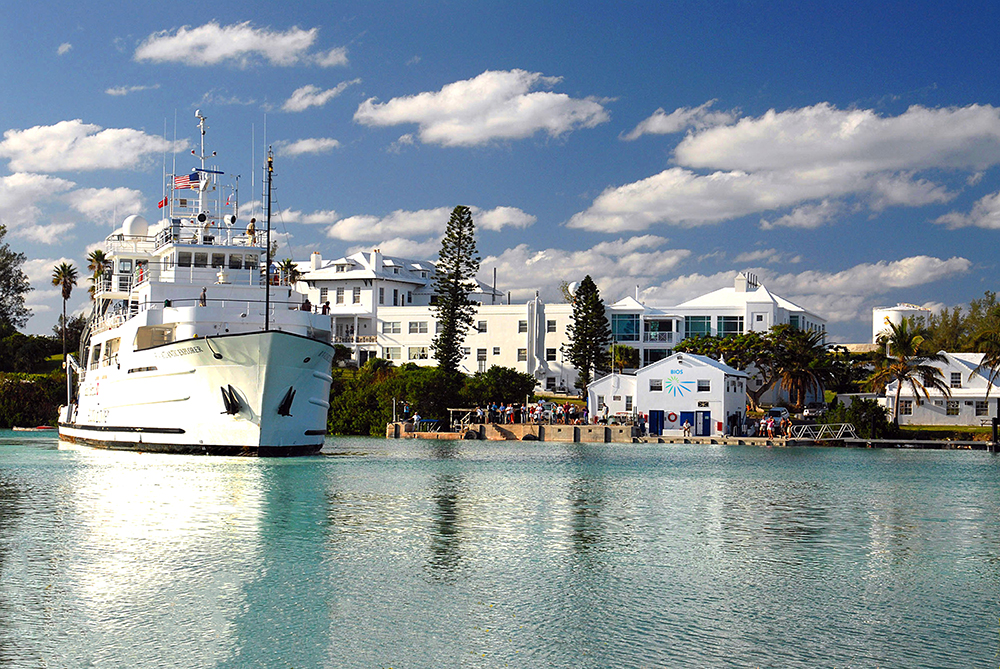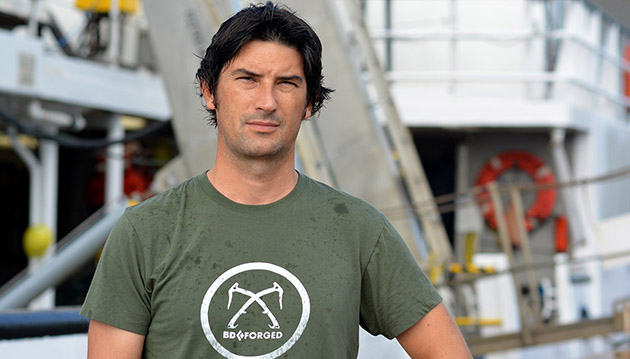Barsi Laboratory
Research at a Glance
A major interest of molecular biologist Julius Barsi is to predict the observable characteristics of an organism from its DNA.
Anatomy, physiology and behavior all result from a complex interplay between protein coding genes, the regulatory apparatus that controls their deployment, and the extent to which the environment permits genomic orders to be executed. Gene Regulatory Network (GRN) models reflect these interactions by way of linkages between transcription factors and the genes they control.
“Think of it like a map that shows every address in a phonebook and catalogs the relationship between people. Furthermore, it’s dynamic in the sense that we chronologically register the activity of each subject; only our subjects are genes, not people.”
Dr. Barsi studies sea urchin development to construct GRN models as those described above. His strategy reflects the canonical use of a model system; exploitation of an experimentally favorable organism to advance a broad objective. The choice of model organism reflects a deliberate effort to capitalize on one of the few complete GRNs produced to date. Specifically, Dr. Barsi leverages GRN architecture of the sea urchin embryonic skeleton to derive rubrics by which to foretell phenotype in the face of environmental change.
Significance to Human Health
The ability to attribute disease to individual alleles holds special significance for those that endeavor to relate genomics to human health. “How to transcend beyond correlation and determine causality is the crux of the matter,” according to Dr. Barsi.
Generally speaking, the overwhelming majority of life processes are executed by specifically deployed cohorts of downstream coding genes. These proteins collectively endow each cell type with their functional properties and are ultimately responsible for the observable characteristics of cells, organs and organisms.
Soon, the function of every gene will be known, yet no framework exists at present that would enable phenotype to be predicted from genomic information.
The main challenge lies in determining the hierarchical relationship between genes; the purpose of each gene, relative to all of the other genes encoded in the genome. In other words, to appreciate the consequence of genetic variation, it is necessary to first understand the control circuitry of all genes driving a biological process forward.
There is an urgent need to develop tactics, techniques, and procedures that will enable rational analysis of systems-level information in order to compute complex traits from genomic sequence.
Cancer: At its most fundamental level this is a disease that originates from de-regulation: of genes and consequently, cellular proliferation. In a healthy individual gene activity is a tightly controlled process. We concentrate on the molecular mechanism that governs transcriptional regulation and hence, our findings directly inform upon the many avenues by which de-regulation may arise.
Geroscience: Aging is not a disease. However, the aging process does carry an important risk factor for several diseases and conditions, including frailty and lack of resilience. We address the genetic, molecular, and cellular mechanisms that make aging a major risk factor for chronic conditions and diseases.
Ocean Environment
The impetus to pursue genotype-to-phenotype research in marine environments is anchored in the societal need to satisfy an increasing demand for natural resources. This entails developing new assets, as well as safeguarding those that are currently taken for granted. Mismanagement has compromised what should otherwise be long-term resources. This is equally true for fisheries, as it is for antibiotics. Seventy percent of the Earth’s surface is covered by ocean. Eighty percent of this underwater domain remains unmapped, unobserved, and unexplored. We believe that the genomes of organisms that inhabit this realm are poised to become an important natural resource. Development of this natural capital will only occur if we decipher the mechanistic instructions encoded therein; otherwise it amounts to little more than volumes of sequence.
Intellectual Property
In 2020, Dr. Barsi was awarded a patent from the United States Patent and Trademark Office for an apparatus that exploits computational and molecular biology know-how to distinguish pathogenic microorganisms present in environmental samples. In which, robotic manipulation orchestrates complex protocols to achieve high-throughput genomic sequencing across a plethora of organisms. This patent has since received Emergency Use Authorization (EUA) from the United States Food and Drug Administration (FDA) to rapidly discover SARS-CoV-2 genomic variants; an emerging risk factor for the efficacy of existing COVID-19 vaccines.
Project Contact
Dr. Julius Christopher Barsi
Assistant Scientist
Julius.Barsi@bios.edu
Tel: 441-297-1880 x724




